Google Pixel 8 Pro vs. Pixel 7 Pro: The biggest upgrades
The Pixel 8 Pro introduces some big upgrades from its predecessor
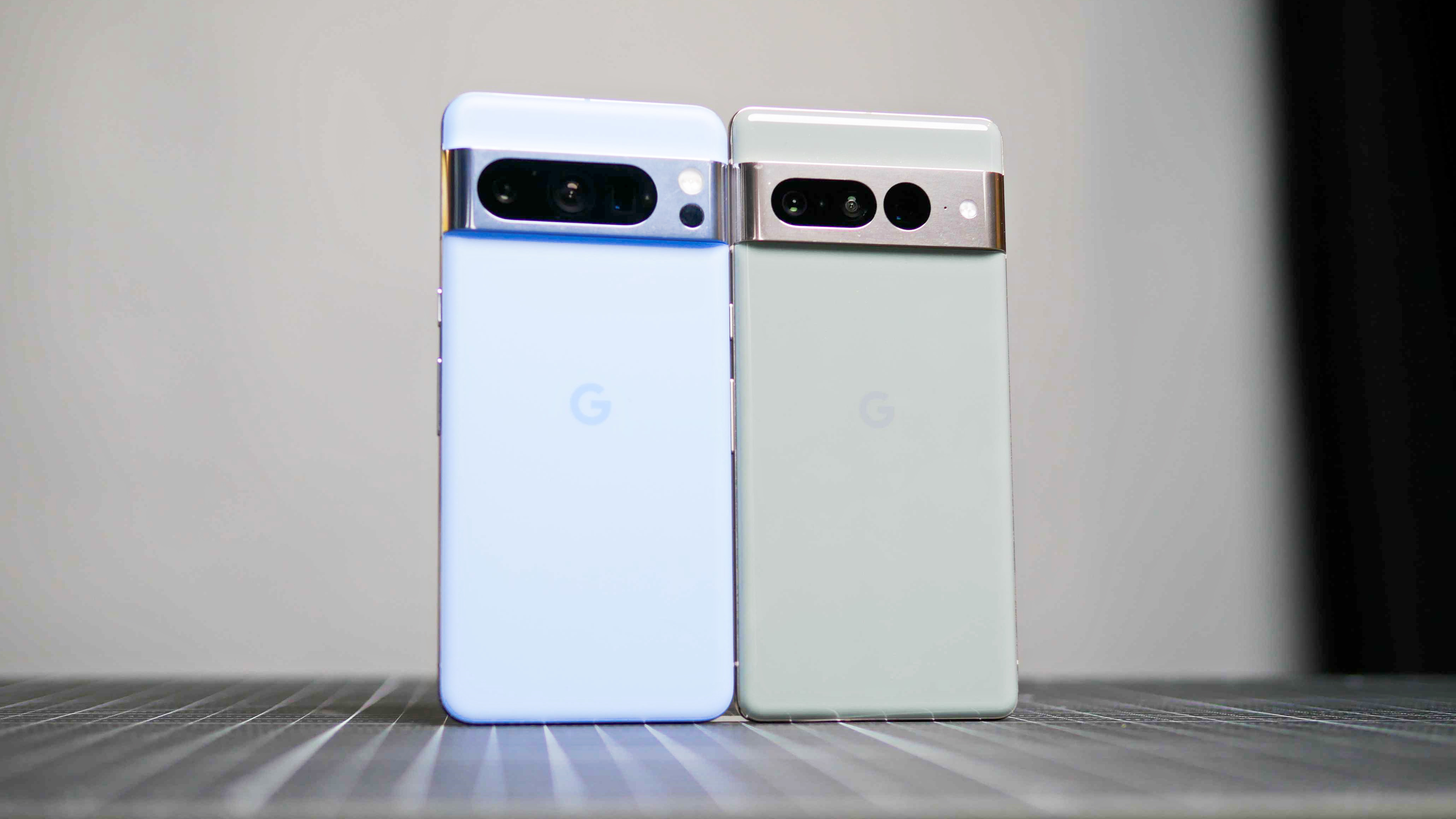
Google has big changes in store for its premium flagship phone, as you'll see in the Google Pixel 8 Pro vs Pixel 7 Pro comparison. From a new screen on the outside to a new processor introducing enhanced capabilities on the inside, there's a lot of differences between two phones that are only a year apart.
Then again, Google has plenty of reasons to push out the boat with the Google Pixel 8 Pro given the pressure it's under from other recent flagship releases like the iPhone 15 Pro Max, So you can understand why this update plays to Google's strengths by emphasizing AI-powered features and new camera capabilities. You can find out more about those new features in our Pixel 8 Pro hands-on.
The Pixel 7 Pro was a pretty impressive phone in its own right, with incredible cameras and unique software experiences. It also happened to cost less than the Pixel 8 Pro, so Google will need to justify that higher price tag. Based on our initial Google Pixel 8 Pro vs. Pixel 7 Pro face-off, it sounds like the phone maker is doing precisely that.
Here's a closer look at the changes Google's made to its high-end flagship phone compared to last year's model.
Google Pixel 8 Pro vs. Pixel 7 Pro: Specifications
| Pixel 8 Pro specs | Pixel 7 Pro | |
| Price | $999 | $899 |
| Display | 6.7 inches | 6.7 inches |
| Refresh rate | 1 - 120Hz adaptive | 1 - 120Hz adaptive |
| Rear cameras | 50MP main (f/1.68), 48MP ultrawide (f/1.95), 48MP telephoto (f/2.8) with 5x optical zoom | 50MP main (f/1.85), 12MP ultrawide (f/2.2), 48MP telephoto (f/3.5) with 5x optical zoom |
| Front camera | 10.5MP (f/2.2) | 10.8MP (f/2.2) |
| Chipset | Google Tensor G3 | Google Tensor G2 |
| RAM | 12GB | 12GB |
| Storage | 128GB/256GB/512GB | 128GB/256GB |
| Battery | 5,050 mAh | 5,000 mAh |
| Charging | 30W (wired), 23W (wireless with Pixel Stand), 12W (Qi wireless) | 30W (wired), 12W (wireless) |
| Water/dust resistance | IP68 | IP68 |
| Size | 6.4 x 3 x 0.3 inches | 6.4 x 3 x 0.3 inches |
| Weight | 7.5 ounces | 7.5 ounces |
| Colors | Obsidian, Porcelain, Bay | Obsidian, Snow, Hazel |
Google Pixel 8 Pro vs. Pixel 7 Pro: Price and availability
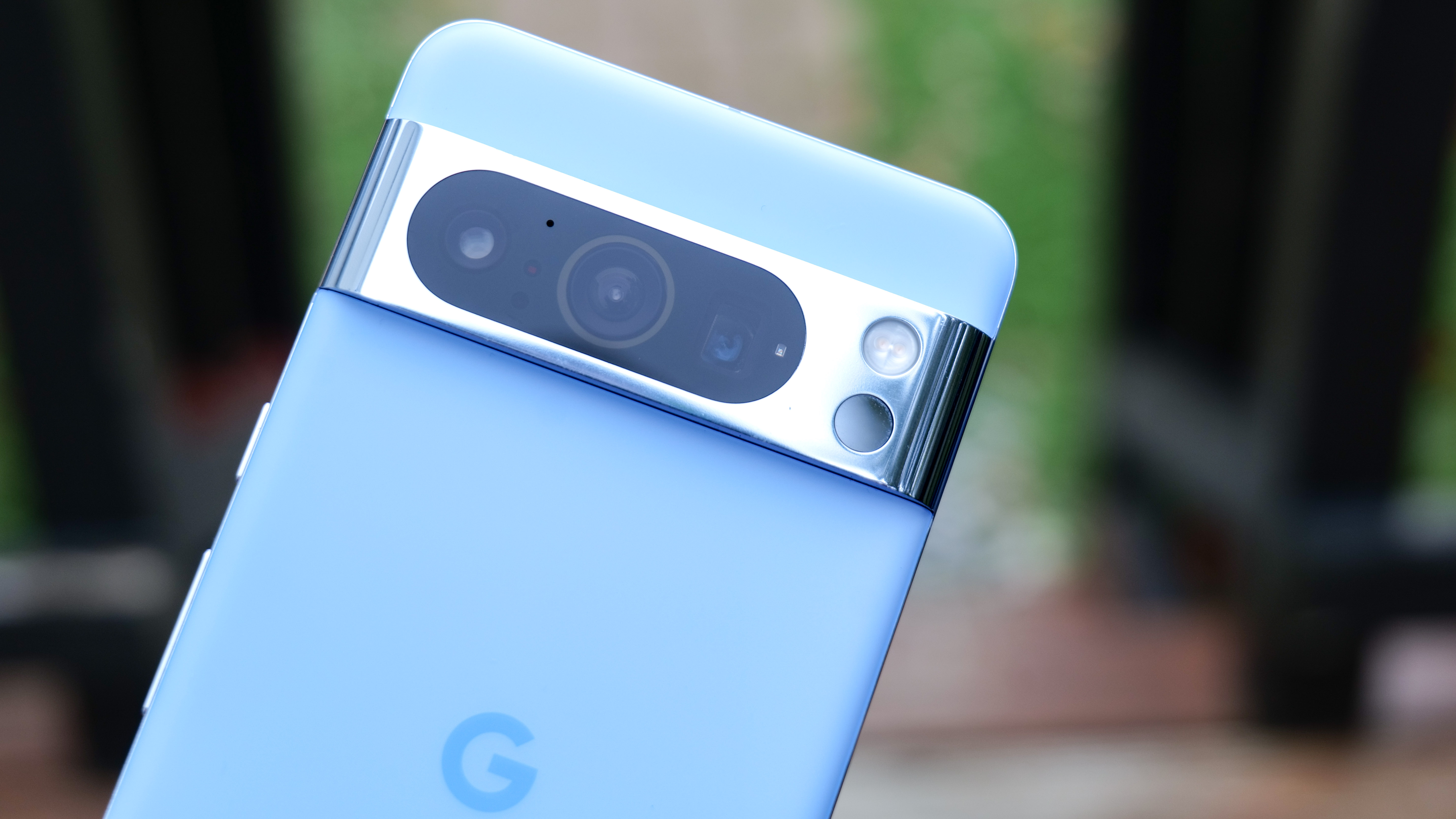
Google’s Pixel phones have historically undercut its competition in price. But that's changing with the Pixel 8 Pro. As the rumors predicted, Google's new phone starts at $999, a $100 price increase from the Pixel 7 Pro's $899 starting point. That puts the Pixel 8 Pro on level pricing withe the iPhone 15 Pro and Galaxy S23 Plus, though it's still $200 less than the iPhone 15 Pro Max and the Samsung Galaxy S23 Ultra.
The Pixel 8 Pro went on sale on October 12. For what it's worth, the Pixel 7 Pro remains available in the Google Store as of this writing, still at its original $899 starting price.
Google Pixel 8 Pro vs. Pixel 7 Pro: Design

If you've seen the Pixel 7 Pro, then you've seen the Pixel 8 Pro, as the new phone retains the design that Google's used the past few years. The biggest change to the look and feel of the phone is a matte glass finish which we expect to make the Pixel 8 Pro more smudge resistant.
You may notice an extra sensor just beneath the camera flash on the right side of the phone-spanning camera bar. That's a temperature sensor, and it's not related to photos; rather, it just measures how hot and cold things are. Google says it's working with the FDA to get the sensor certified for taking the temperature of people as well, which would certainly be a convenient addition.
The display is flatter on the Pixel 8 Pro, a welcome change from the slightly curved edges on the Pixel 7 Pro. Like that model, the Pixel 8 Pro offers an IP68 water resistance rating.
There's a slight change to colors, though Obsidian Black remains one of the Pro options. The white Snow variant of the Pixel 7 Pro has given way to a Porcelain color option for the Pixel 8 Pro. Google is ditching hazel in favor of Sky Blue for its new device.
Google Pixel 8 Pro vs. Pixel 7 Pro: Display
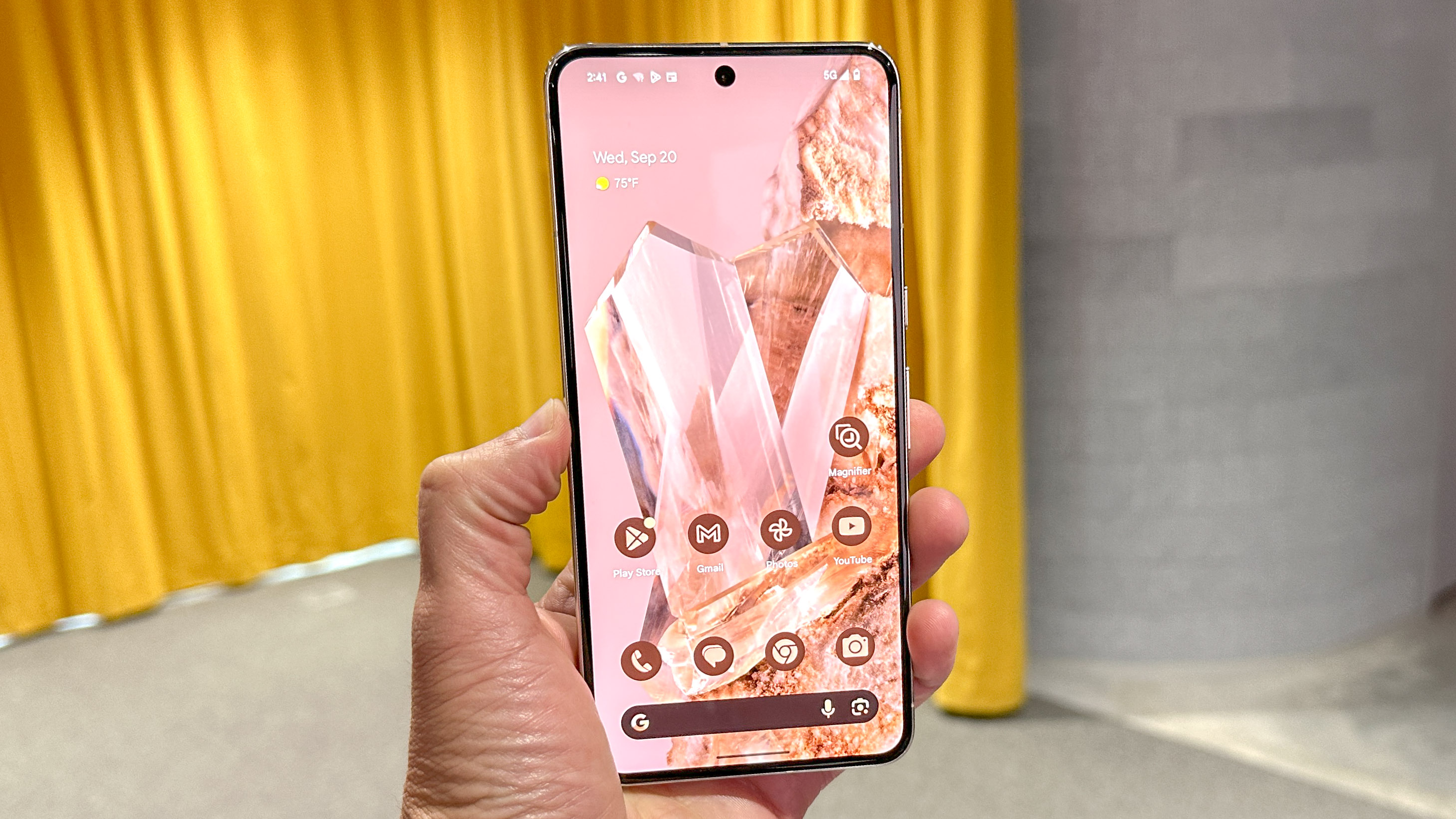
As expected, the Pixel 8 Pro retained a 6.7-inch OLED panel just like the Pixel 7 Pro. And both displays are capable of ramping up to a 120Hz refresh rate when there's a lot of activity on the screen.
The big change involves brightness. Google moved the Pixel 8 Pro to a "Super Actua" display with the Pixel 8 Pro that offers far higher brightness, color richness and color accuracy compared to the Pixel 7 Pro.
| Row 0 - Cell 0 | Pixel 8 Pro | Pixel 7 Pro |
| Max brightness | 1,526 nits | 927 nits |
| sRGB | 110.7% (Natural mode) | 104.9 (Natural mode) |
| DCI-P3 | 78.4% (Natural) | 74.3 (Natural mode) |
| Delta-E (lower is better) | 0.16 (Natural mode) | 0.28 (Natural mode) |
As you can see with the numbers above, the new display is a massive step up for the Pixel 8 Pro.
Google Pixel 8 Pro vs. Pixel 7 Pro: Cameras
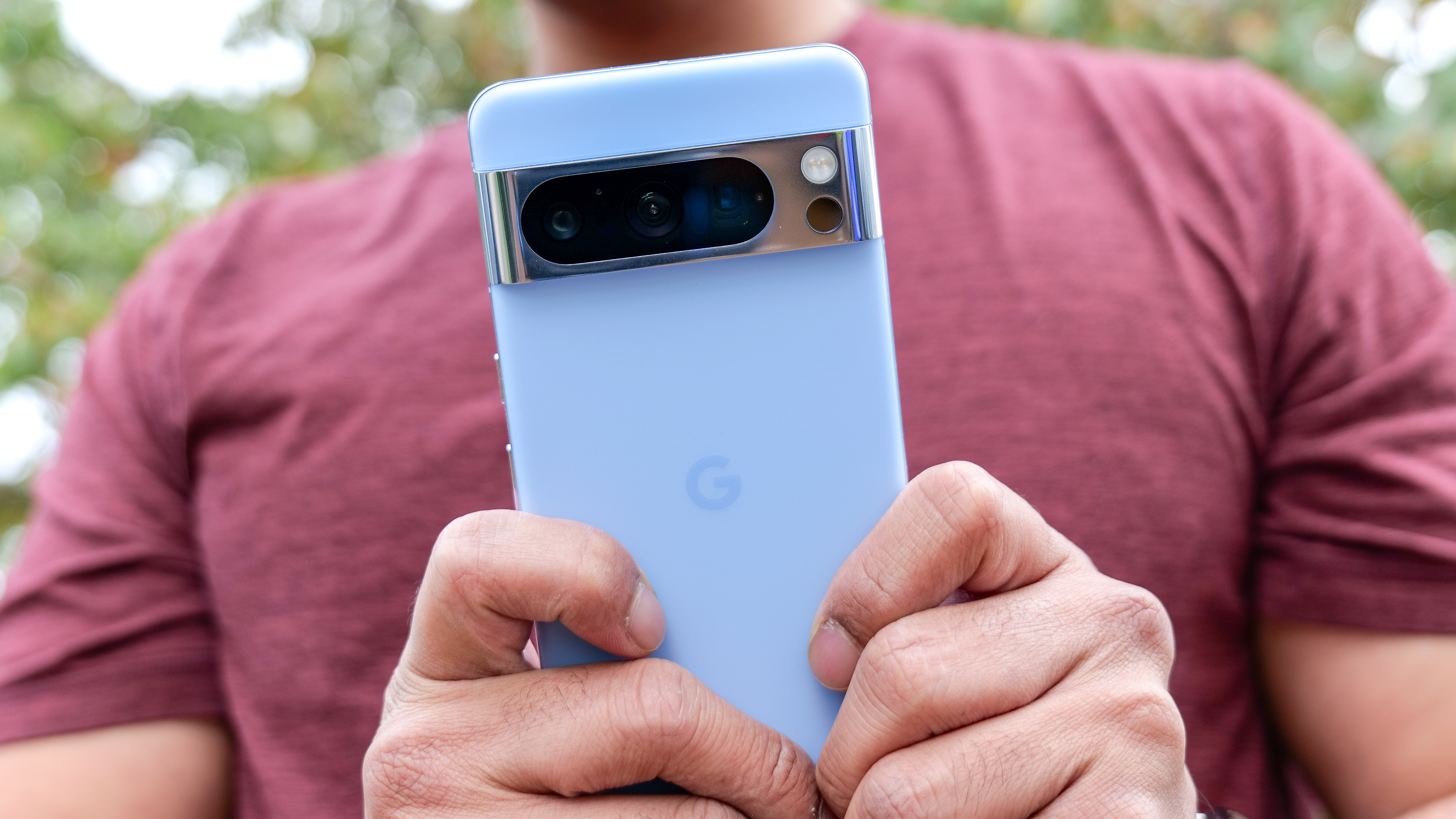
The Pixel 7 Pro was no slouch in the camera department with its triple camera arrangement, which consists of a 50MP main camera, 12MP ultrawide, and 48MP telephoto. But Google says it's upgrading every lens on the Pixel 8 Pro.
The main camera still has a 50MP rating, but the lens has a wider aperture to perform better in low light. Likewise, the telephoto lens now features a wider aperture to let in more light on zoom shots. (You still get a 5x zoom from that 48MP sensor as you did on the Pixel 7 Pro.)
The big boost comes to the ultrawide camera, which now features a 48MP sensor. Even better, that camera is capable of shooting macro photos.
While the specs boost is always a nice touch for the Pixel 8 Pro, there's also a lot of new photo processing features, with an emphasis on pro photography. With the Pixel 8 Pro, for example, you've got full manual controls for both photos and videos.
You'll also see an influx of features similar to the Pixel 7 Pro’s Photo Unblur. Highlights include Magic Editor, which lets you isolate a subject in a photo and move them around in the shot. In a similar vein, Best Take lets you swap in faces from different photos so that the finished group shot has everyone looking their best. Magic Eraser also gets a boost on the Pixel 8 Pro, as it will be able to remove larger objects from the background without the smudging that can occur from heavy-duty photo editing.
On the video front, Audio Magic Eraser on the Pixel 8 Pro separates the audio from captured video into separate layers so that you can remove distracting background noise. And a Video Boost feature is coming later in the year that will let you upload RAW video from your Pixel 8 Pro to the cloud where it can undergo enhanced color grading.
Google Pixel 8 Pro vs. Pixel 7 Pro: Performance
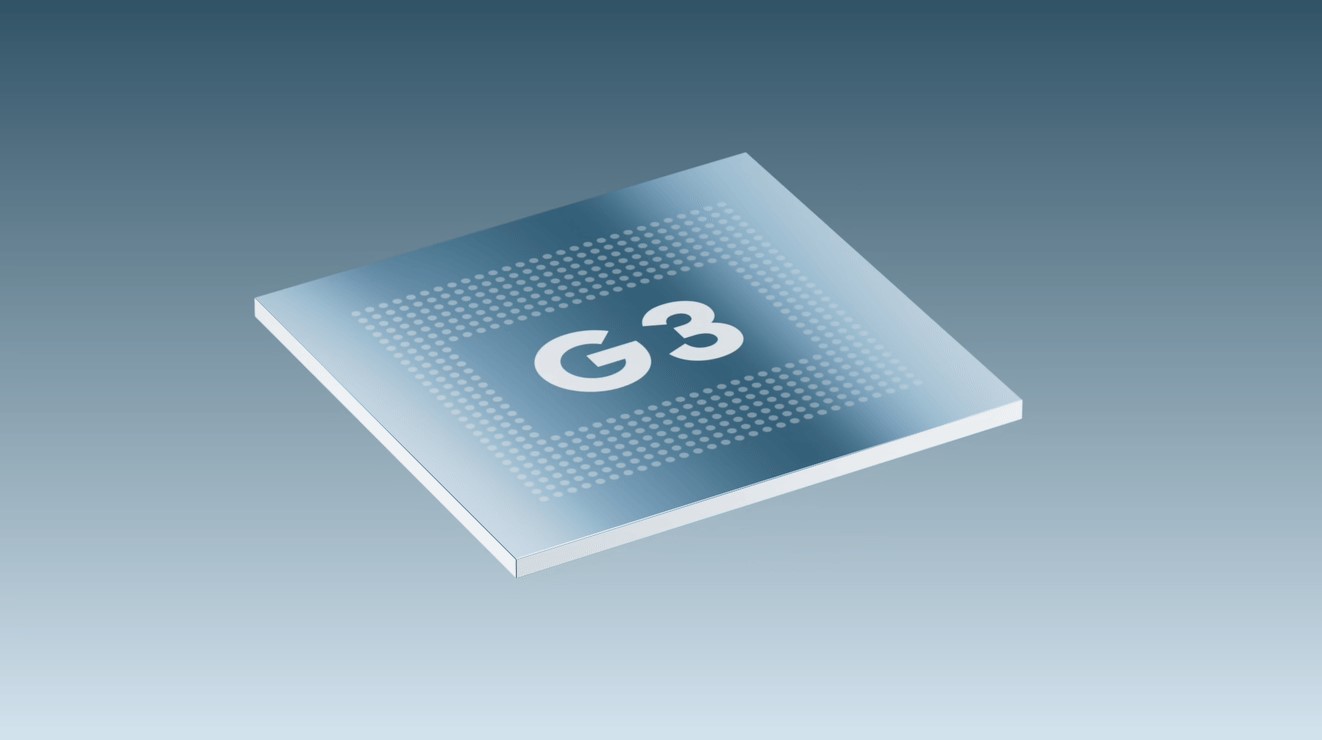
Another big area of opportunity for the Pixel 8 Pro to improve over the Pixel 7 Pro is in the performance department. The Tensor G2 chip of the Pixel 7 Pro dished up lackluster benchmark results in our testing, posting weaker scores in synthetic benchmark tests such as GeekBench and 3DMark.
| Row 0 - Cell 0 | Pixel 8 Pro | Pixel 7 Pro |
| Geekbench 5 | 1,163 / 2,745 | 1,060 / 3,046 |
| 3DMark Wild Life Unlimited | 52 fps / 8,797 | 40 fps / 6,725 |
| Adobe Premiere Rush (video editing) | 71 seconds | 47 seconds |
While we're not sure what happened in the Adobe Premiere Rush test to make the Pixel 8 Pro so much slower than the Pixel 7 Pro, or in the Geekbench test that resulted in a lower multicore score for the new Pixel than the old, but there's a definite lift in single-core CPU and GPU performance as seen in the Geekbench and 3DMark tests respectively.
The more substantial change involves improvements to the Tensor Processing Unit on the Tensor G3, allowing the chipset to run more on-device machine learning models at once. Google says that's twice as many models as the original Tensor chip in the Pixel 6. The bottom line should be more AI-powered features like the photo capabilities described above or unique software experiences like the improved Call Screening feature with a more lifelike-sounding AI.
Google Pixel 8 Pro vs. Pixel 7 Pro: Battery life and charging
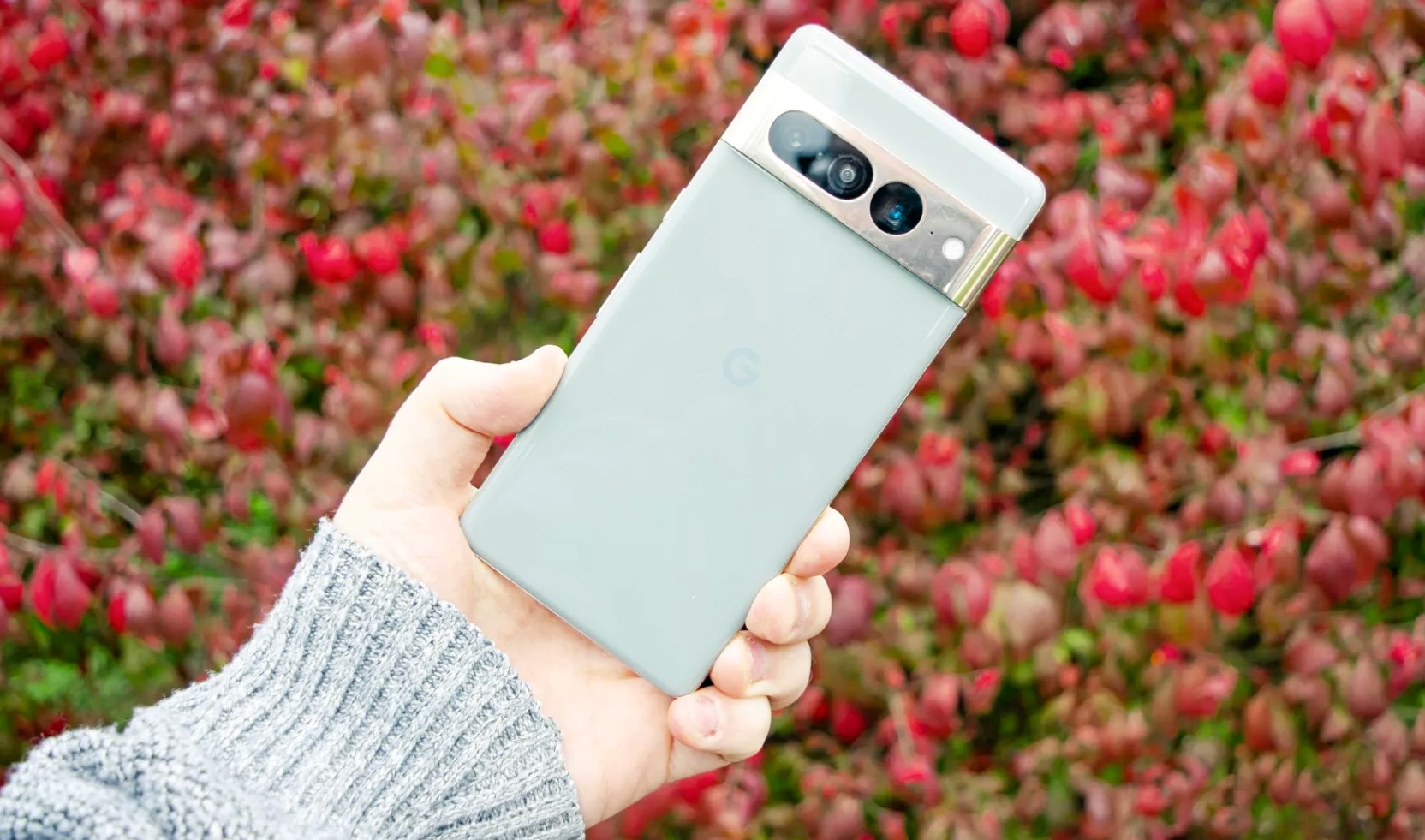
The Pixel 7 Pro ran on a 5,000 mAh battery, but in Tom’s Guide’s battery benchmark test, it achieved rather disappointing results. The Pixel 8 Pro gets a slightly larger 5,050 mAh power pack, and that combined with the more efficient Tensor G3 chip has allowed for a longer-lasting battery.
The difference isn't that large with the phones set to their full 120Hz refresh rate, but keeping the phones at a steady 60Hz (a power-saving option) brings out a near two-hour difference between the two phones. This still doesn't bring the Pixel 8 Pro onto our best phone battery life list, but it's certainly better than the Pixel 7 Pro.
| Row 0 - Cell 0 | Pixel 8 Pro | Pixel 7 Pro |
| Battery rundown result (time to drain 100% to 0%) | 8:33 (120Hz) / 9:46 (60Hz) | 8:04 (120Hz) / 7:55 (60Hz) |
| Wired charging speed | 30W | 30W |
| Wireless charging speed | 23W | 23W |
Wired charging will be about the same on the Pixel 8 Pro, which supports 30W speeds like the Pixel 7 Pro did. The Pixel 8 Pro and Pixel 7 Pro can both offer 23W wireless charging when you use Google's own second-gen charging stand.
Google Pixel 8 Pro vs. Pixel 7 Pro: Outlook
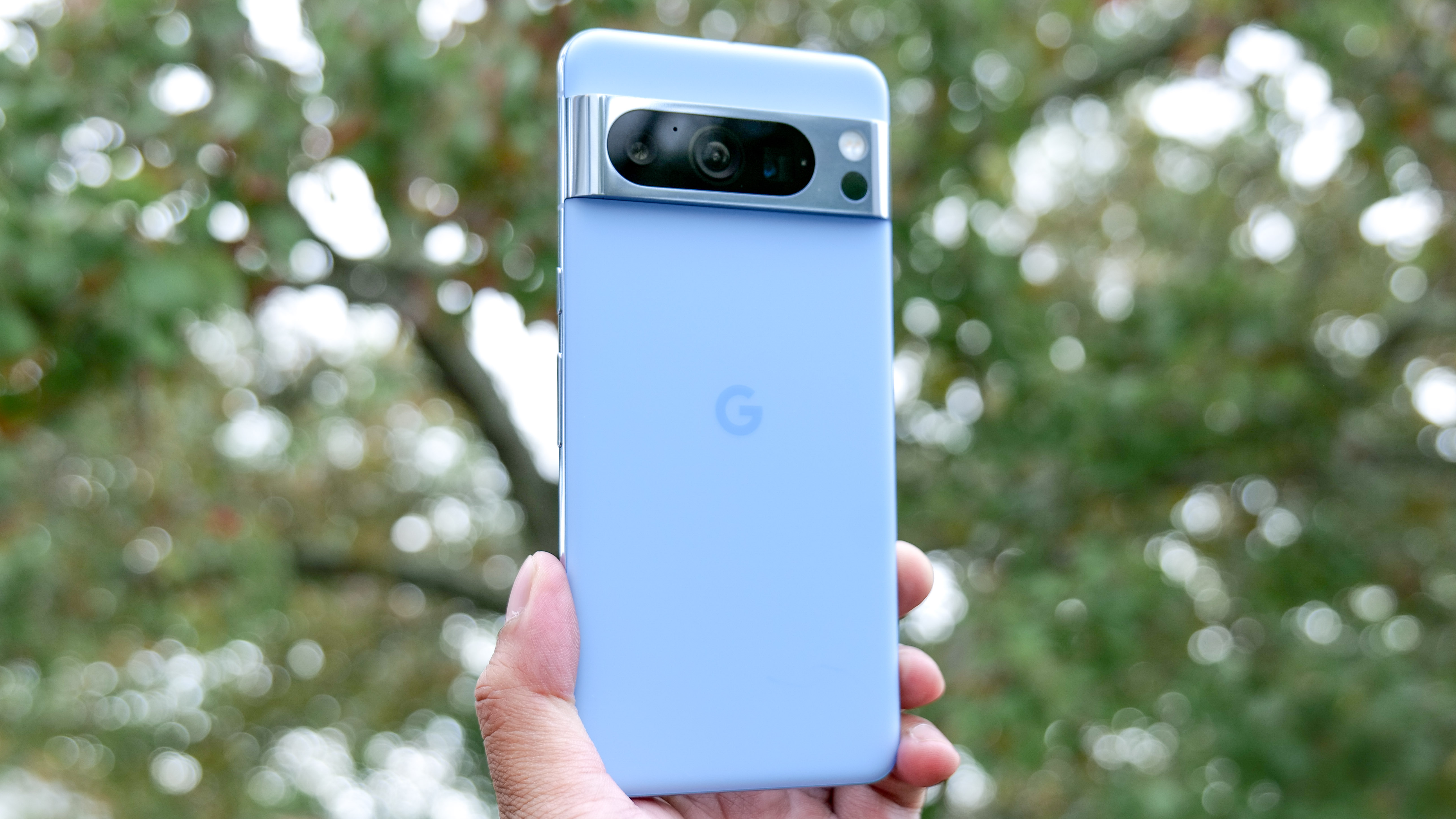
The Google Pixel 8 Pro looks like it's a big step up from the Pixel 7 Pro, so if last year's Google phone didn't tempt you to upgrade, the new version just might.
The new AI-powered features for the Pixel 8 Pro's cameras, its superior battery life and much-improved display seem like a big enough boost over the Pixel 7 Pro to justify the Pixel 8 Pro's higher price. But a lot of the Pixel 8 Pro's hardware remains the same as the Pixel 7 Pro, so if you can find it at a considerable discount, or already own the Pixel 7 Pro, the older phone may still prove to be the best for you yet.
More from Tom's Guide
Sign up to get the BEST of Tom's Guide direct to your inbox.
Get instant access to breaking news, the hottest reviews, great deals and helpful tips.

John’s a senior editor covering phones for Tom’s Guide. He’s no stranger in this area having covered mobile phones and gadgets since 2008 when he started his career. On top of his editor duties, he’s a seasoned videographer being in front and behind the camera producing YouTube videos. Previously, he held editor roles with PhoneArena, Android Authority, Digital Trends, and SPY. Outside of tech, he enjoys producing mini documentaries and fun social clips for small businesses, enjoying the beach life at the Jersey Shore, and recently becoming a first time homeowner.
- Philip Michaels
- Richard PridayAssistant Phones Editor
